
“There’s nothing I believe in more strongly than getting young people interested in science and engineering, for a better tomorrow, for all humankind.”
-Bill Nye
Our Task (100 Words Combined):
In this project, our group was tasked with creating an earthquake-resistant building crafted with Spaghetti and Blu-Tac.
The building needed to meet all of these requirements:
- Minimum height of 60cm
- Can survive a 10 second earthquake simulator
- Can hold a substantial amount of mass
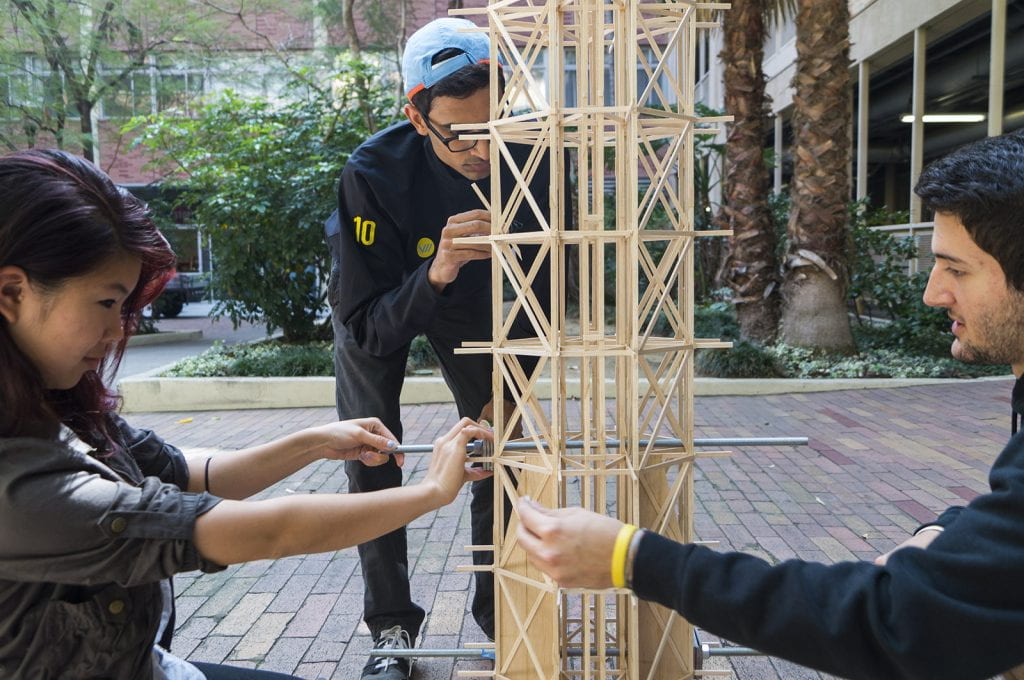
But Why?
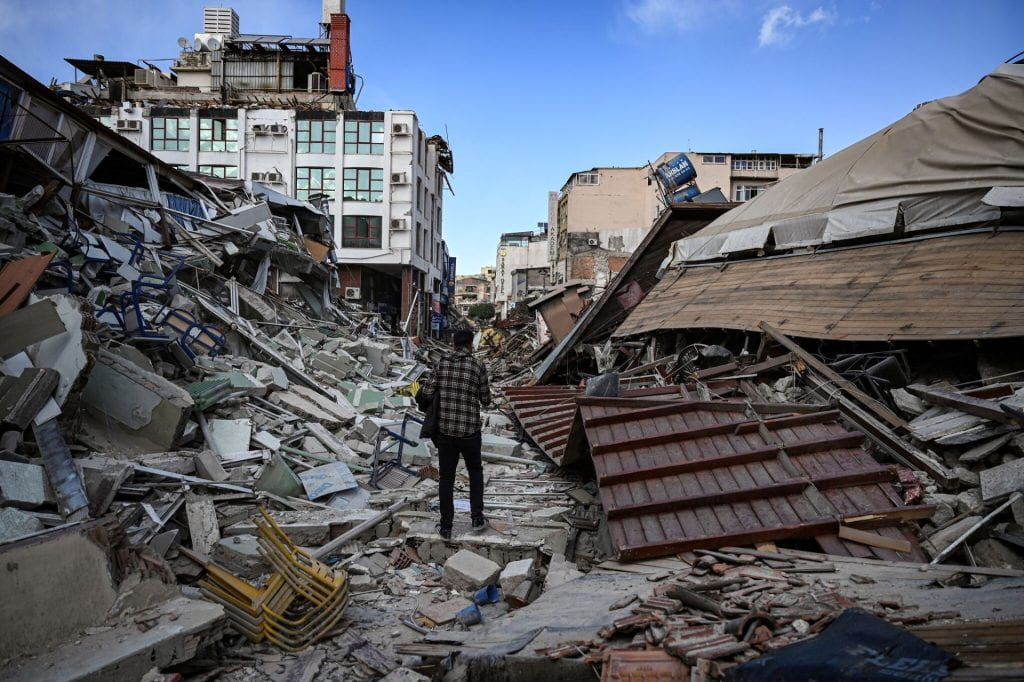
Two years after the Nepal Earthquake, less than 5% of the ruined houses had been rebuilt, forcing more than 800,000 to live in temporary shelters.
A solution to this problem is to build earthquake resistant buildings. This project was created so us students can learn to adapt, design, and implement new methods of solving problems in modern day society, such as reducing the impact of earthquakes.
The Engineering Process (200 Words)
Researching and Designing:
Our first model that my group designed was created in inspiration of the Eiffel Tower, as seen on the right.
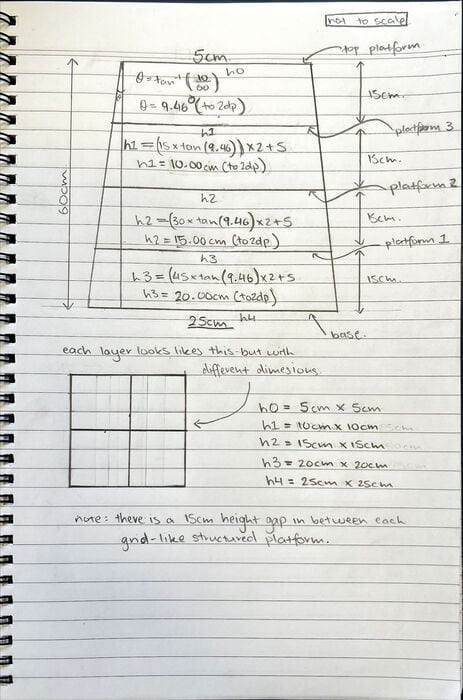
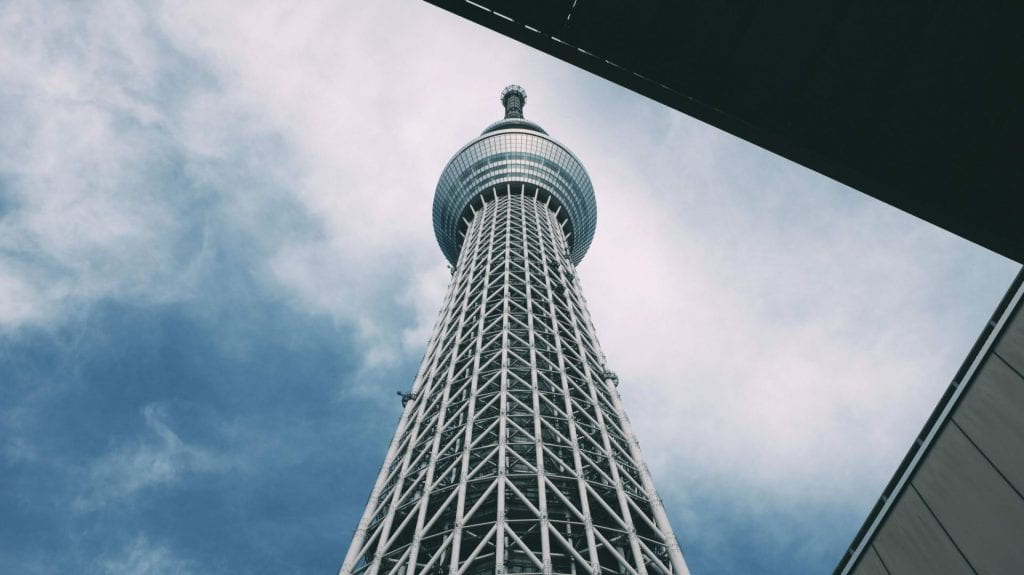
Prototyping and Testing
When we began constructing our building, we became aware that our structure wouldn’t be capable of withstanding an earthquake, due to these reasons:
- The slant of the spaghetti caused the building to lose support.
- The top layer didn’t have enough stability
- We did not have enough Blu-Tac.
- We did not have support beams on the outside edges.
To improve on this, our group switched to a Rectangular Prism design. It required less Blu-Tac, and was more strong and stabile.
Attached below was the ‘Earthquake Test’, where this prototype was successful.
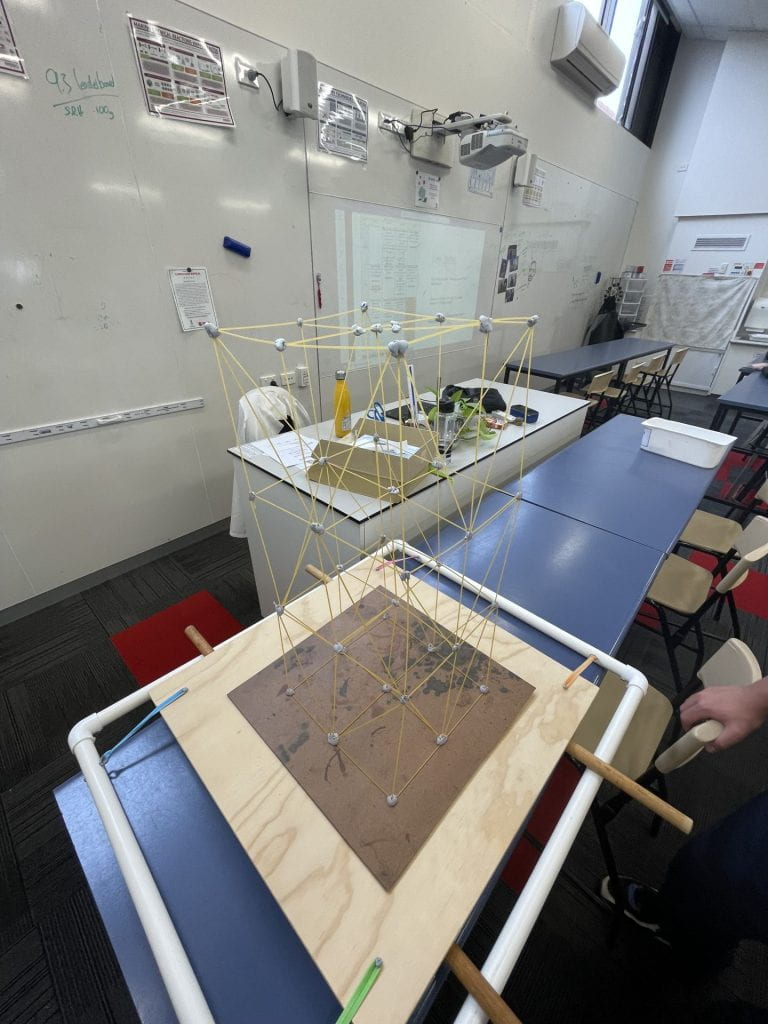
Limitations:
Although improved, our design still had limitations:
- The top of the structure was too flimsy
- The spine was very weak
This required a second prototype to be built.
Evaluating and Improving / Second Prototype:
Supporting beams were added to the inside of the structure to fix the flimsiness and spinal strength.

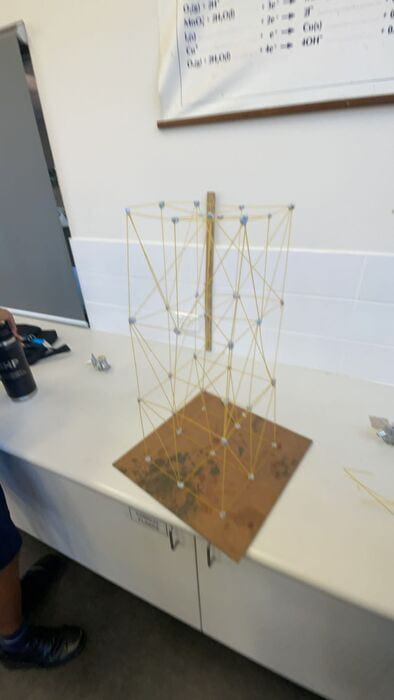
Our Final Design:
This was our final design. It could support 200g, and survived the Earthquake Test.
Throughout the engineering process, we learnt how to research, prototype, and evaluate our design, making a building which could withstand an earthquake.
Improvements:
The only improvements that our group should have made was using a rectangular prism design from the start. Everything else went well and we created a suitable building.
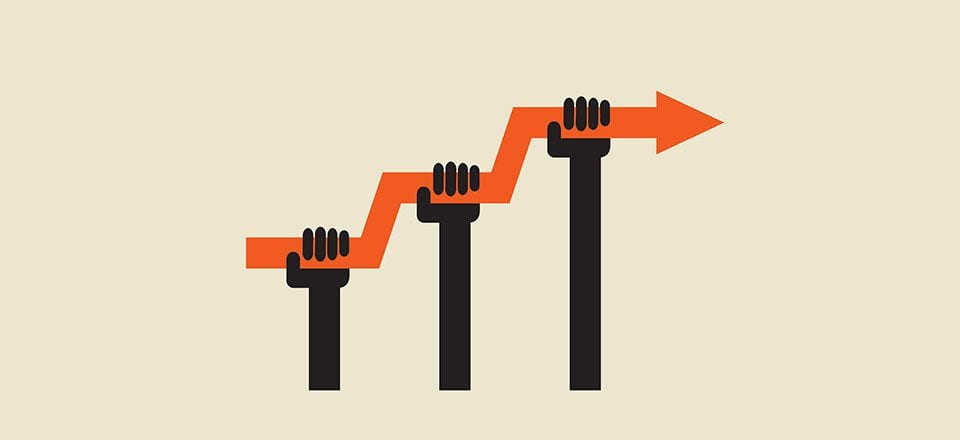
Collaboration (100 Words) :
Our group members were allocated roles as follows:
Rithvik – Project Manager: Good at designing, and its mainly his job to construct the tower
Jacob – Equipment Manager: Keeps track of expenses and equipment.
Tejas – Speaker and Reporter: Asks questions regarding project, and reports on group productivity.


During this project, we collectively worked together to plan, design, and construct the building. We worked collaboratively and efficiently to produce the building, and we all pulled our weight. We were always available to help each other, and we communicated whenever we needed assistance.
This project was very beneficial to us, and allowed us to collaborate to engineer a solution, for a modern day problem.